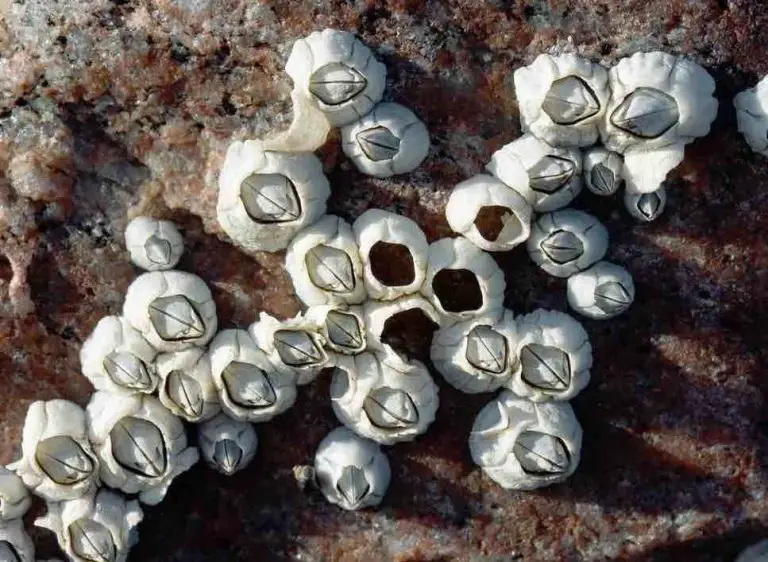

The sublittoral or subtidal zone: area below the low-tide mark.Can be further divided into high, mid, and low intertidal zones, which are explained below in more depth. The intertidal or littoral zone: area between the high and low-tide marks.The intertidal fringe: area around the high-tide mark.Occasionally gets splashed, but never gets covered by the ocean. The supralittoral zone or splash zone: area above the high-tide mark, which is virtually a terrestrial environment.These zones are created by the tidal movements of water along the rocky shores from high to low-tide. The rocky shoreline exhibits distinct zones with unique characteristics. Tide pools in Santa Cruz, California from spray/splash zone to low tide zone These pools have engaged the attention of naturalists and marine biologists, as well as philosophical essayists: John Steinbeck wrote in The Log from the Sea of Cortez, "It is advisable to look from the tide pool to the stars and then back to the tide pool." Zones

At low tide, there is the risk of predators like seabirds. Inhabitants must be able to cope with constantly changing water levels, water temperatures, salinity, and oxygen content. Tide pool habitats are home to especially adaptable animals, like snails, barnacles, mussels, anemones, urchins, sea stars, crustaceans, seaweed, and small fish. A tidal cycle is usually about 25 hours and consists of one or two high tides and two low tides. Tides are caused by the gravitational pull of the sun and moon. Many of these pools exist as separate bodies of water only at low tide, as seawater gets trapped when the tide recedes. These pools typically range from a few inches to a few feet deep and a few feet across. A tide pool in Porto Covo, west coast of PortugalĪ tide pool or rock pool is a shallow pool of seawater that forms on the rocky intertidal shore.


 0 kommentar(er)
0 kommentar(er)
